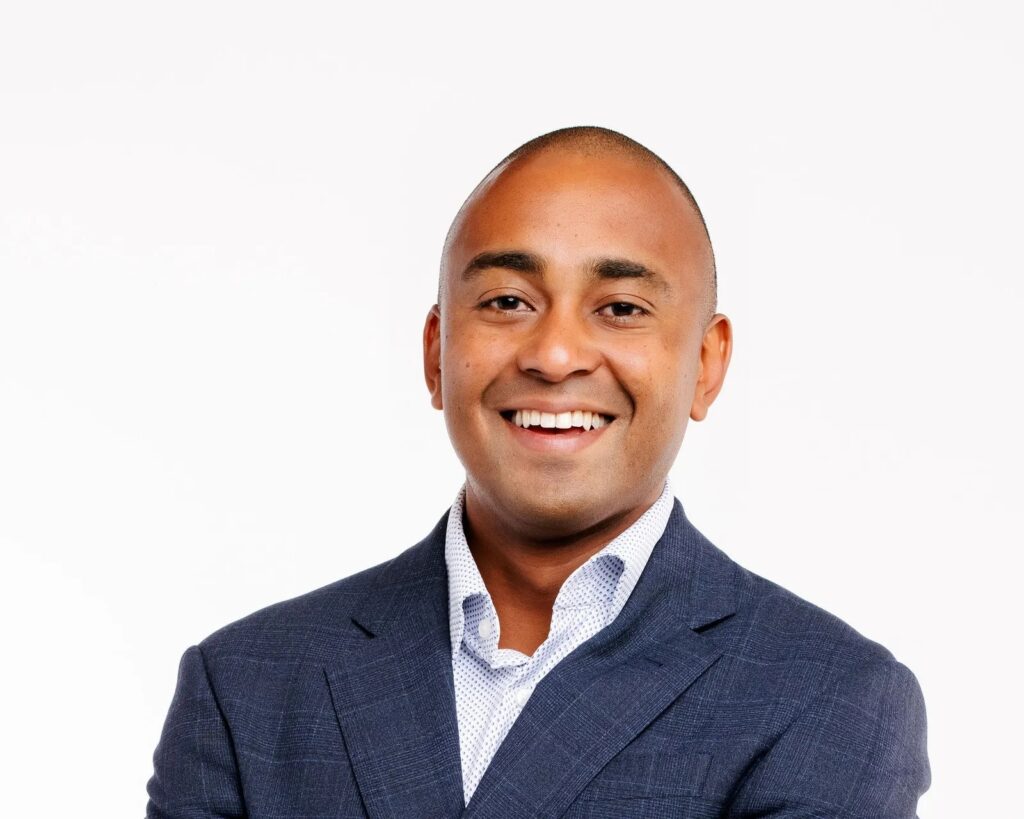The U.S. healthcare payments system is plagued by fragmentation, delays, and administrative waste—25% of healthcare costs go toward manual processes alone. Providers chase missing payments and struggle to reconcile claims across redundant portals. Meanwhile, payers, who aren’t built to function as banks, face inefficiencies and frustrated partners. The persistent disconnect between payments and data has resulted in eroded trust and wasted resources for everybody in the system.
Yusuf Qasim, President of Zelis’s payments business, co-founded Pay-Plus Solutions in 2011. After its acquisition by Zelis in 2019, Qasim helped build what would become ZAPP—the Zelis Advanced Payment Platform. What began as a solution to digitize checks for third-party administrators evolved into a robust payments infrastructure now serving both payers and now providers. In an interview, Qasim talked about some of the challenges the healthcare industry faces in navigating healthcare payments. He also discussed how Zelis is uniquely transforming the way healthcare is operationalizing payments leveraging modern capabilities.
“We knew the system wasn’t built for real-time efficiency,” Qasim explained. “We wanted to go beyond regulatory compliance and create something business-friendly, consumer-focused, and ultimately transformative.”
The lack of consistent, reliable data and insights behind healthcare payments is a huge detriment to providers, both in terms of administrative burden and business and revenue cycle insights. “The top questions providers ask are: ‘When will I get paid?’ and ‘Why is this claim stuck?’” said Qasim. “Right now, the system doesn’t make it easy to answer those.”

Introduced in 2024 as the industry’s first integrated healthcare payments and communications platform, ZAPP addresses this head-on. The platform digitizes, consolidates, and delivers payments and data from its growing network of more than 550 payers. This, in turn, reduces much of the administrative burden on providers associated with healthcare payments and accelerates cash flow.
By automating tedious back-office tasks, it empowers providers to focus on practice organizational growth and patient care rather than troubleshooting.
The push by regulators in 2010 to require payers to offer some form of digital payment offering provided Zelis with a huge tailwind, according to Qasim. Around the same time, CMS put out more guidance around electronic payments.
“They were starting to set the baseline standards. But we really decided to take it a step further,” Qasim shared. “We wanted to make our platform not just something that was driven by regulation. We wanted to be consumer-friendly and business-friendly and, along the way, make sure that both our payer and provider clients knew they had a choice in how payments were received.”
The impact of ZAPP is striking: In their work with one Arizona-based Integrated Delivery Network (IDN), claims that once took two months to process now clear in just two days. Electronic payment volume has doubled, and administrative waste has been slashed.
“The reduction in cost and complexity has made everyone happier,” said Qasim. “Better data hygiene means fewer payment anomalies, faster cash flow, and less guesswork.”
About a quarter of healthcare spending goes to administrative overhead. Fixing the payment piece isn’t just about speed—it’s about making collaboration possible.
Streamlining the payment process, speeding it up, coupled with providing accurate and secure data means fewer payment disputes, better cash flow, and quicker resolutions, which fosters trust and makes collaboration easier, said Qasim.
Asked what innovations in payment technology Zelis envisions in the next 5 years, he predicts the rise of agentic AI—autonomous programs that optimize decision-making for users—and a world where payments take hours, not days.
But with digitization comes responsibility.
“Cybersecurity must stay front and center,” Qasim warned. “As we lean into AI, we must build trust through transparency—not let algorithms become black boxes.”
For providers hesitant about digital payments, Qasim urges an open mindset. He believes that collaborative automation can eliminate the burdens they face today.
Zelis’s transformation of healthcare payments isn’t just a technology upgrade—it’s a mindset shift. By making data more accessible, workflows smarter, and payments frictionless, it’s helping providers and payers focus on what matters: delivering care.
And for patients? A more seamless payment ecosystem means fewer billing errors, faster authorizations, and a clearer experience navigating the cost of care.
Healthcare is hard—but it doesn’t have to be chaotic. With platforms like ZAPP, clarity is finally within reach
Photo: BlackJack3D, Getty Images

